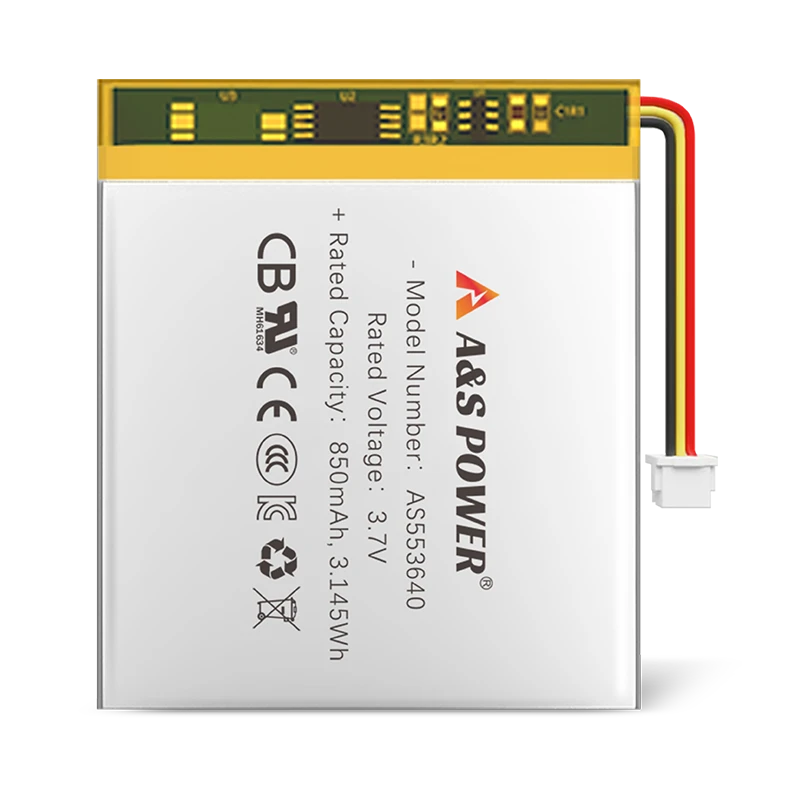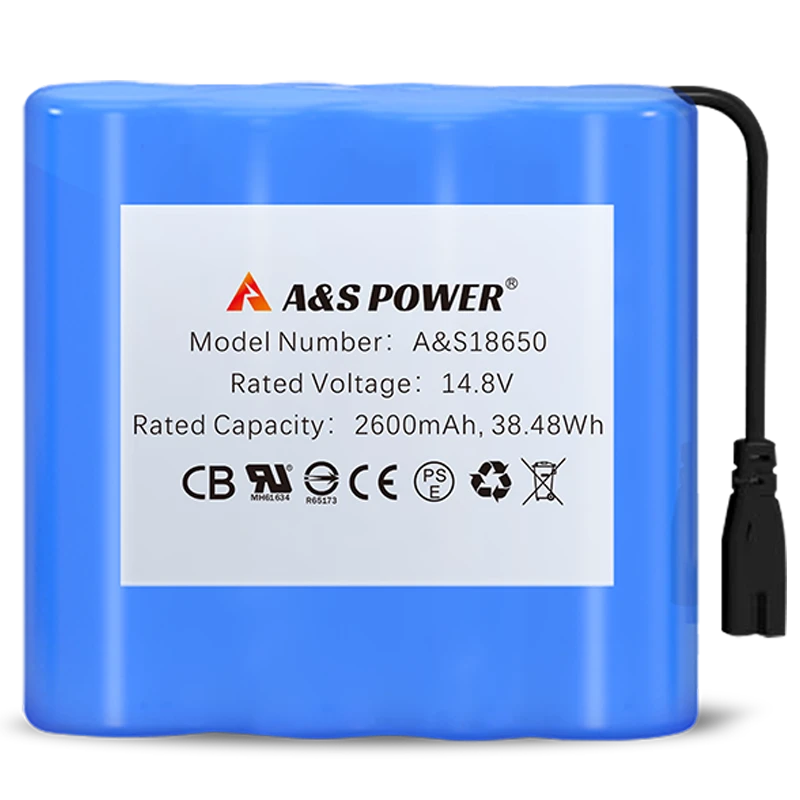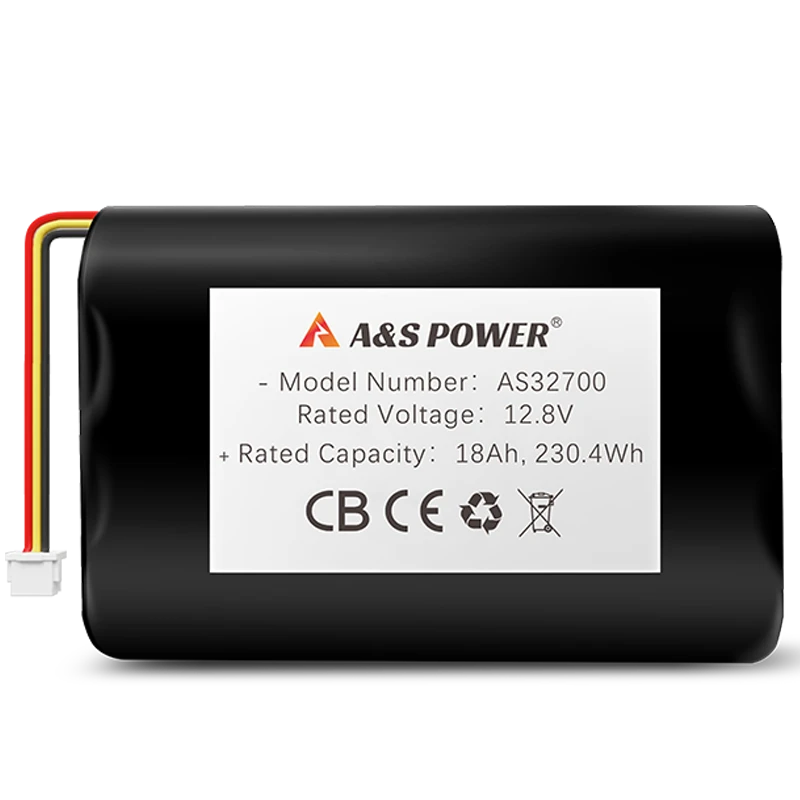Temperature and Resistance Characteristics of Lithium-Ion Batteries
Most materials follow the Positive Temperature Coefficient (PTC) law: as temperature rises, resistance increases, leading to higher voltage drop and more heat generation. Lithium-ion batteries, however, are special—they demonstrate a Negative Temperature Coefficient (NTC), where resistance decreases as temperature rises.
Positive vs. Negative Temperature Coefficients
-
PTC Materials: Metals typically fall into this category. Resistance increases with heat, reducing conductivity.
-
NTC Materials: Semiconductors and electrolytes. As temperature rises, carrier activity increases, resistance decreases.
A NTC thermistor is a common application of this principle, regulating heat via resistance changes.
Why Lithium-Ion Batteries Show NTC Behavior
The internal resistance of lithium-ion batteries mainly comes from ionic and electrochemical processes:
-
As temperature increases, electrolyte viscosity decreases.
-
Lithium-ion mobility improves, allowing faster charge transfer.
-
Interface resistance drops, lowering overall internal resistance.
Within the normal operating range, higher temperature = lower resistance.
Impact Under Load Conditions
When current is constant:
-
Lower resistance → smaller voltage drop.
-
Reduced power loss → less self-heating.
-
Better performance and stability under normal temperature conditions.
This stabilizing effect helps limit self-heating, but it does not prevent risks at extreme temperatures.
Limitations and Risks
Although NTC behavior improves performance, high temperatures accelerate chemical side reactions:
-
Gas generation and electrode plating.
-
Increased risk of thermal runaway.
-
Strongly influenced by state of charge (SOC) and battery health.
At low state of charge, voltage drops significantly, internal resistance rises, leading to higher heating and instability.
Key Concepts Explained Simply
-
Ohm’s Law: Voltage = Current × Resistance.
-
Heating Loss: Power Loss = Current² × Resistance.
-
Effect: Higher temperature → lower resistance → smaller voltage drop → better short-term performance.
Practical Usage Insights
-
Cold batteries suffer from high resistance and poor performance.
-
Warm batteries (within safety limits) deliver better efficiency.
-
Battery Management Systems (BMS) use temperature data to predict voltage drops and safe operating ranges.
-
Warning: Do not rely on NTC behavior alone. At high temperatures, chemical degradation dominates, causing safety hazards.
Summary
A healthy lithium-ion battery:
-
Maintains low resistance and small voltage drop.
-
Performs well at moderate temperatures.
-
Loses efficiency and safety when exposed to long-term high heat.
Keeping batteries within the recommended operating temperature range ensures long lifespan, stable safety, and consistent performance.
-

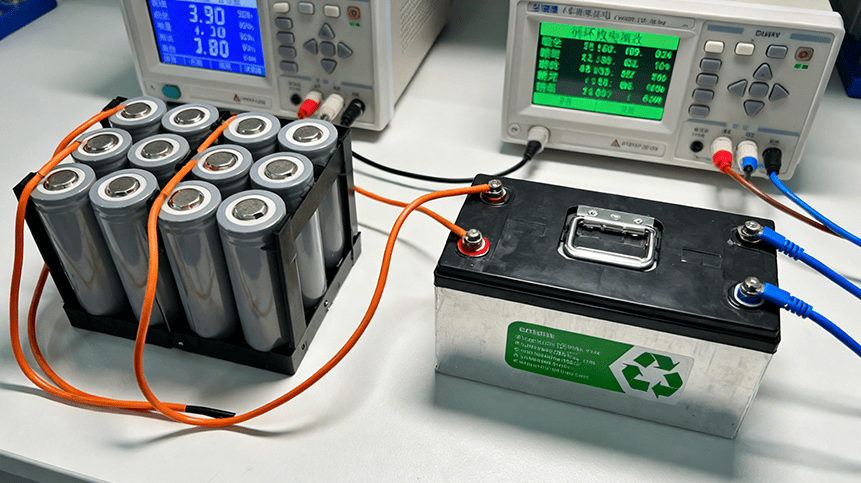 May.2025.11.24Ternary Lithium Battery vs Lithium-ion: Complete Comparison Guide (2025 Edition)Learn More
May.2025.11.24Ternary Lithium Battery vs Lithium-ion: Complete Comparison Guide (2025 Edition)Learn More -

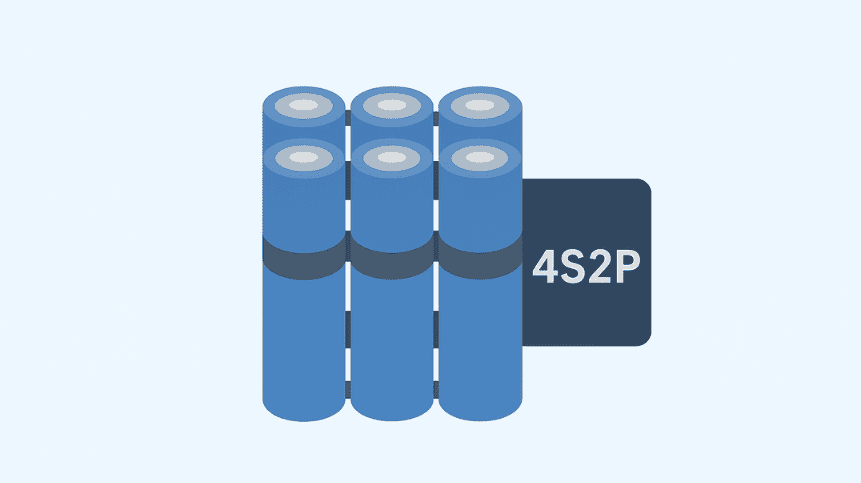 May.2025.11.214S2P 18650 14.8V Battery: Complete Technical Guide, Specs, Applications & SafetyLearn More
May.2025.11.214S2P 18650 14.8V Battery: Complete Technical Guide, Specs, Applications & SafetyLearn More -

 May.2025.11.18PCM vs BMS in Lithium Batteries: What’s the Difference and Which One Do You Need?Learn More
May.2025.11.18PCM vs BMS in Lithium Batteries: What’s the Difference and Which One Do You Need?Learn More -

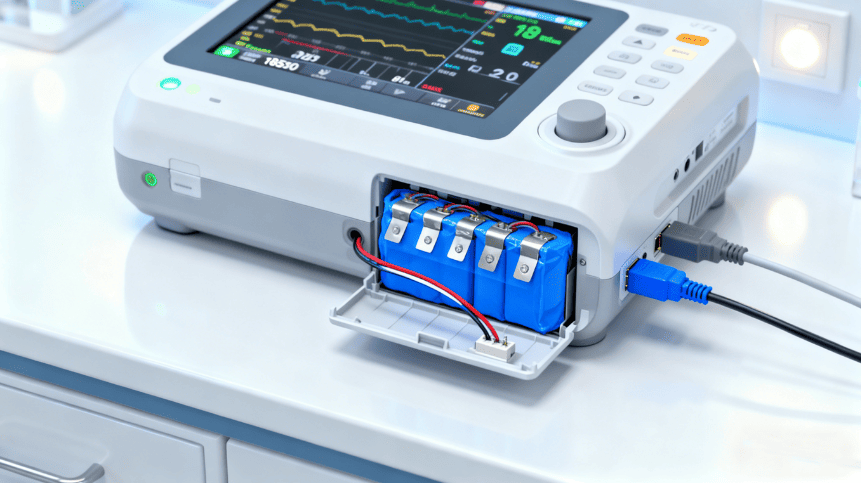 May.2025.11.17Custom Li-ion Battery Design for Medical Devices (2025 Comprehensive Guide)Learn More
May.2025.11.17Custom Li-ion Battery Design for Medical Devices (2025 Comprehensive Guide)Learn More -

 May.2025.11.17The Future of Lithium-Ion Batteries: Innovation, Sustainability, and Global Market TrendsLearn More
May.2025.11.17The Future of Lithium-Ion Batteries: Innovation, Sustainability, and Global Market TrendsLearn More




